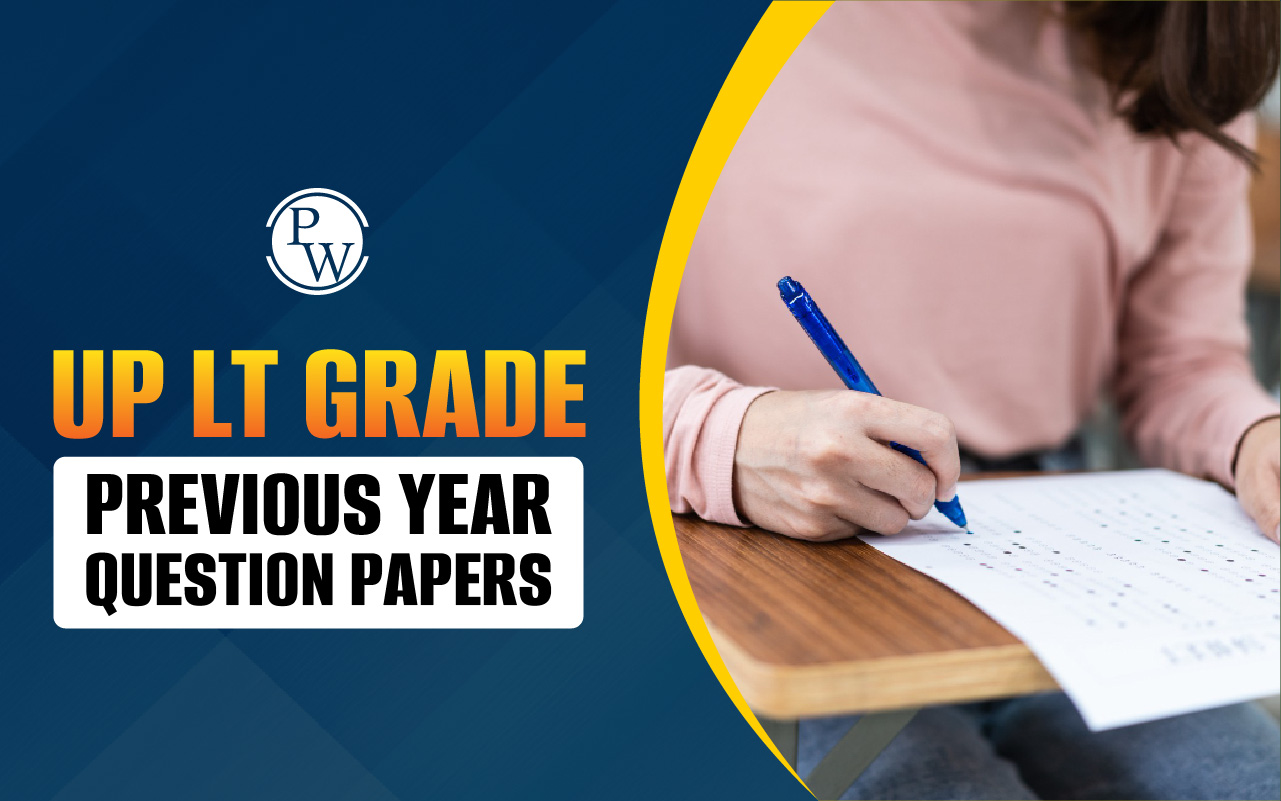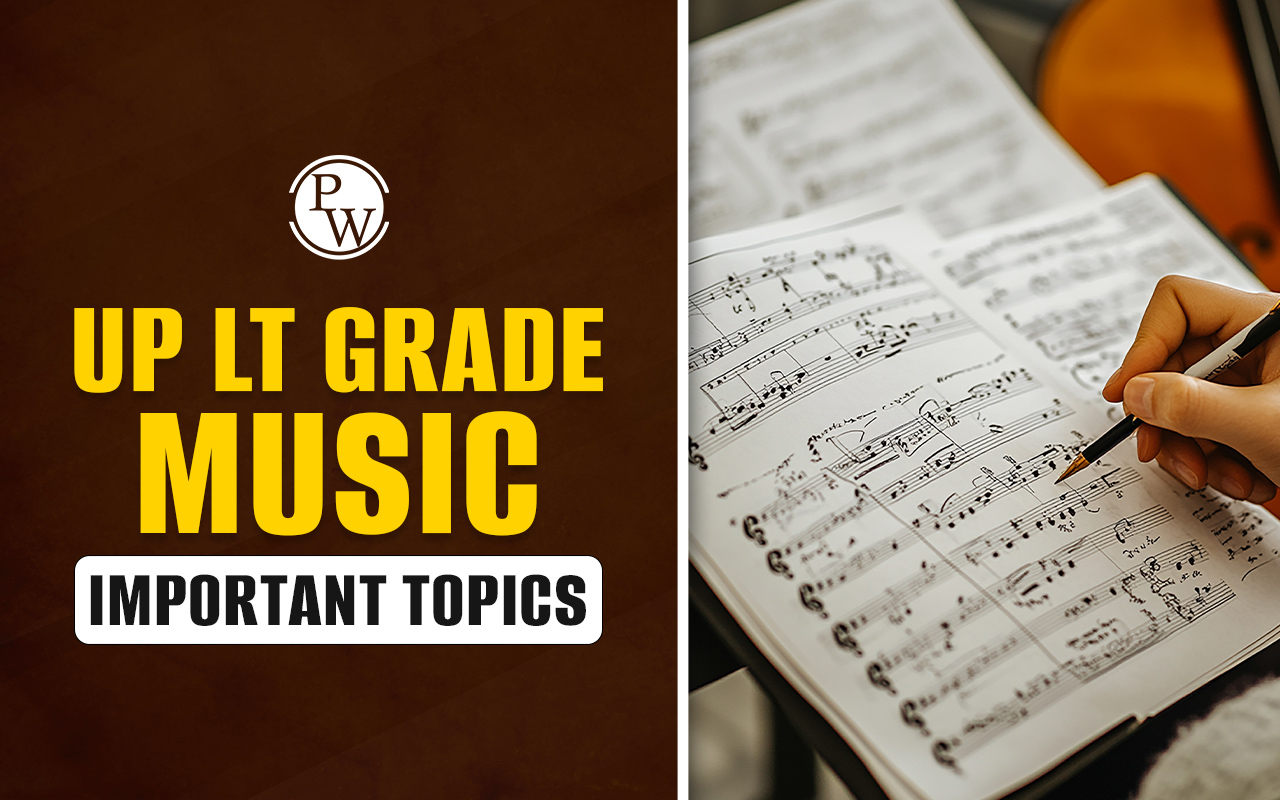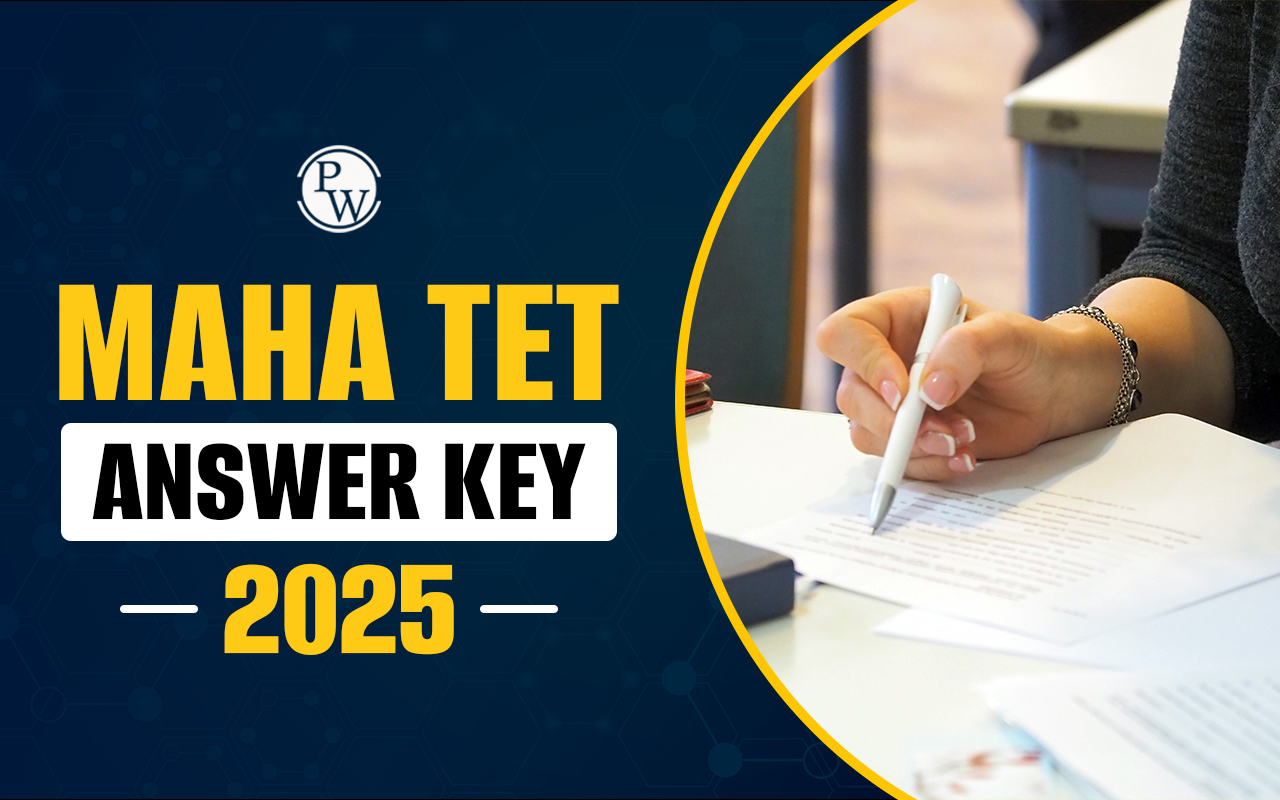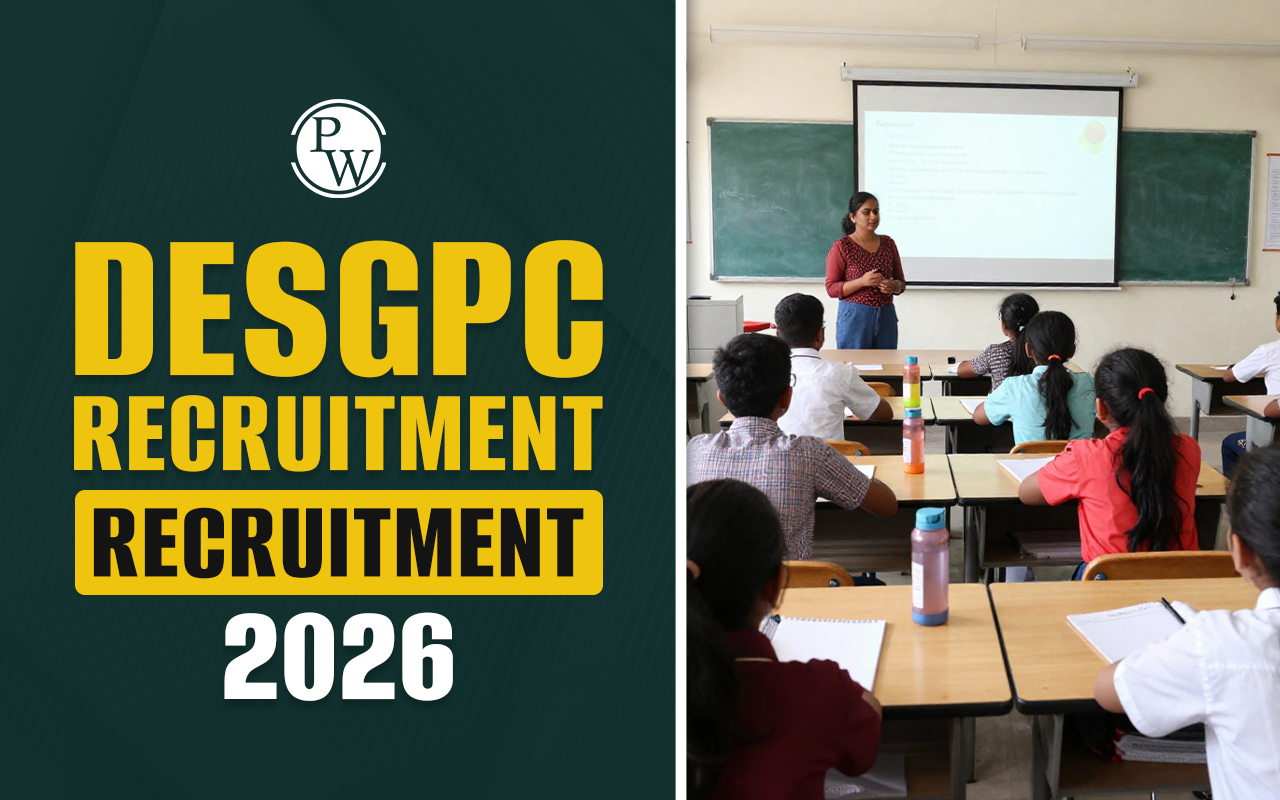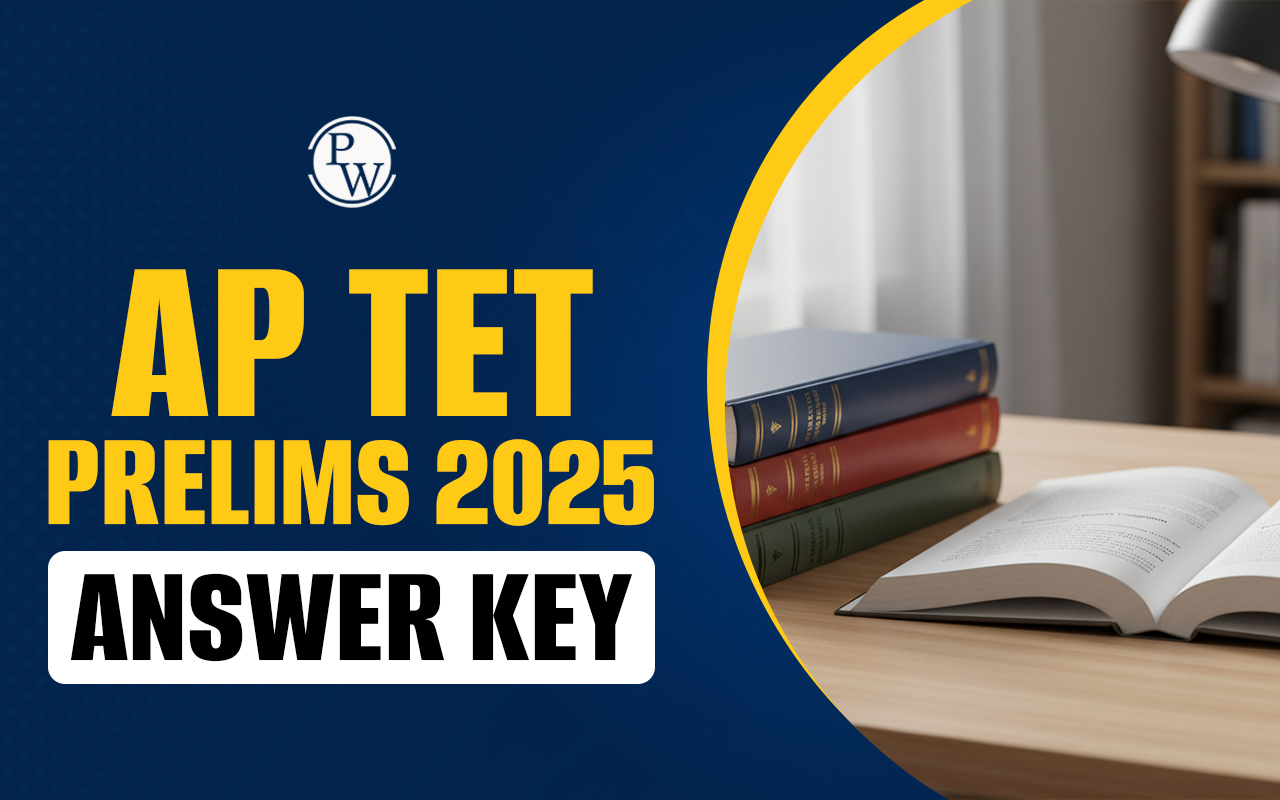
National Policy on Education 1986: The National Education Policy (NEP) is a plan by the Government of India to improve education in the country. It includes all levels of education, from primary to higher studies, in both villages and cities. The first NEP was started in 1968 by Prime Minister Indira Gandhi. The second NEP was introduced in 1986 by Prime Minister Rajiv Gandhi, and the third NEP was launched in 2020 by Prime Minister Narendra Modi. The 1986 policy aimed to provide equal education for everyone, with "a special emphasis on removing disparities and equalizing educational opportunities, especially for Indian women, Scheduled Tribes (ST), and Scheduled Castes (SC) communities."
National Policy on Education 1986
In 1986, the government led by Rajiv Gandhi introduced a new national policy on education. The new policy called for “special emphasis on removing disparities and equalizing educational opportunities,” particularly for Indian women, Scheduled Tribes (STs), and Scheduled Castes (SCs) communities. To achieve such social integration, the policy called for scholarships, expansion of adult education, recruitment of more teachers from STs, incentives for poor families to send their children to school regularly, development of new institutions, and provision of housing and services.
National Policy on Education 1986 Overview
The Government of India formulated NPE 1986 to provide a comprehensive framework for the development of education in the country. The policy covers everything from elementary to higher education in rural and urban India.
|
National Policy on Education 1986 Overview |
|
|
Aspect of NPE 1986 |
Description |
|
Structure of Education |
Introduced the 10 + 2 + 3 structure for school and higher education. |
|
Early Childhood Care and Education |
Recognized the importance of early childhood education in a child's development. |
|
Equal Opportunity for All |
Aimed to provide equal educational opportunities to all sections of society, irrespective of socio-economic status, gender, or location. |
|
Minimum Levels of Learning for Each Stage of Education |
Set standards for minimum levels of learning at each educational stage. |
|
Life-long Education |
Promoted the idea of continuous learning throughout life. |
|
Education for Equality |
Focused on providing education that promotes equality and social justice. |
|
Removal of Women’s Illiteracy |
Aimed to eradicate illiteracy among women. |
|
Education of Minorities |
Addressed the educational needs of religious and linguistic minority groups. |
|
Education of the Handicapped |
Ensured access to education for individuals with disabilities. |
|
Universal Enrollment and Retention (Up to 14 years) |
Envisioned universal enrollment and retention of children up to age 14. |
|
Child-Centered Approach |
Promoted a learner-centric and child-centered approach to education. |
|
Pace-Setting Schools for Talented Children |
Established special schools for talented students, particularly in rural areas. |
|
Technical and Management Education |
Emphasized the development of technical and management education. |
National Policy on Education 1986 PDF
The PDF of the National Education Policy 1986 can be viewed by clicking on the link below. NEP 1986 outlines the education framework in India, covering topics such as curriculum, pedagogy, assessment, and teacher education.
National Policy on Education 1986
National Policy on Education 1986 Objectives
The National Policy on Education 1986 aimed to achieve several key objectives:
-
Ensure Access to Quality Education: The policy aimed to guarantee that every student, regardless of their caste, creed, locality, or gender, had access to high-quality education within the framework of a national system.
-
Establish a Common Educational Structure: It envisioned a uniform educational system known as the 10+2+3 system, which would be universally recognized.
-
Develop a National Curriculum Framework: The policy aimed to create a national education framework with a strong core. This core, along with flexible parts, would form the base of the education system.
-
Promote Vocational Education: The policy prioritized the rationalization of schooling and aimed to combat unemployment by offering various vocational courses.
-
Educate Weaker Sections of Society: The policy focused on providing education to marginalized groups like SC/ST communities, differently-abled individuals, and girls, as they play an important role in the country's development.
-
Ensure Basic Facilities in Primary Schools: The concept of an "Operational Blackboard" was introduced to convey that primary schools would receive the essential infrastructure, including two rooms, a map, a chart, a blackboard, and a carpet.
-
Promote Gender Equality in Education: The policy emphasized the need for gender equality in education through initiatives like residential curricula, teacher training and orientation, active participation in educational research, and provision of specific support services to eradicate women’s illiteracy.
National Policy on Education 1986 Important Facts
NPE 1986 highlighted several crucial facts and principles. Here are some important facts about NPE 1986:
-
Promoting the Objectives of Socialism, Democracy, and Secularism: NPE 1986 stressed the need to promote the objectives of socialism, democracy, and secularism as outlined in the constitution through education.
-
Developing the Ability to Function at Various Economic Levels: The policy emphasized that education should foster the development of an individual's ability to function effectively at various economic levels.
-
Fostering National Self-Reliance: NPE 1986 advocated for education to promote national self-reliance, emphasizing the importance of self-sufficiency.
-
Treating Education as a Special Investment: The policy adhered to the principle that education is a special investment in the present and future, underlining its significance.
-
Ensuring Access to Quality Education: NPE 1986 underscored the importance of providing all students with access to quality education up to a particular level, regardless of caste, creed, location, or sex.
-
Effective Measures for the School System: The 1986 Policy’s recommendation for the school system it recommended that the government should implement effective measures.
-
Developing a Common Educational Framework: NPE 1986 sought to develop a common educational framework to ensure consistency and uniformity in the education system.
NPE 1986 Three Language Formula
The NPE 1986 maintains the 1968 policy on the three-language formula, implemented nationwide except in Tamil Nadu, which adopted a two-language policy.
|
NPE 1986 Three Language Formula |
|
|
Hindi-Speaking States |
English, Hindi, and a modern Indian language. |
|
Non-Hindi Speaking States |
English, Hindi, and one Indian language |
National Policy on Education 1986 Components
The NPE 1986 consists of various components, each of which addresses different aspects of the education system in India. Here is a breakdown of the 12 major components of the National Policy on Education (NPE) 1986.
|
Components |
Description |
|
Essence & Role of Education |
The framework advocates a 10+2+3 breakdown in all areas of education, providing a structured approach to learning. |
|
National Education System |
Aims to make education accessible to all, regardless of class, caste, creed, or gender, promoting inclusivity and equal opportunities. |
|
Education for Equality |
Strives to provide equal possibilities for all individuals, working towards the abolition of disparities in educational access. |
|
Higher Education |
Emphasizes the importance of open universities and online learning systems as sources for higher studies. |
|
Technical & Management Education |
Recognizes state technical education boards and the All India Council for Technical Education (AICTE) for technical and managerial education. |
|
Redesigning Education |
Involves incorporating culturally relevant content and effective teaching methods to enhance the learning experience. |
|
Teachers’ Education |
Established the District Institute of Education and Training (DIET) to prepare educators and enhance NCERT teacher training programs. |
|
Management of Education |
Focuses on national-level management and educational planning for effective policy implementation. |
|
Reorganization of NPE 1986 |
Aims to restructure the policy at different levels to adapt to changing educational needs and challenges. |
|
Early Childhood Care & Teaching |
Prioritizes the comprehensive development of children, including nutrition, health, and social, mental, and emotional well-being. |
|
Elementary Education |
Promotes public enrollment and regular education for children up to the age of 14, while also aiming to improve educational quality. |
|
Secondary Education |
Introduces Navodaya Vidyalayas and 'pace-setting schools' in various locations to enhance the quality of secondary education. |
Modification of NPE 1986 (POA 1992)
The Programme of Action 1992 (POA-1992) was a significant step towards refining and implementing the National Policy on Education 1986 (NPE-1986). It introduced several crucial modifications and additions to the existing policy framework, aiming to enhance the quality and accessibility of education across all levels. Here's a summary of some key points from the modifications:
-
Inclusion of 12th Class in Schools: The modification suggested that Class 12th should be a part of the school system, allowing students to study it either in Higher Secondary Schools or Colleges.
-
Emphasis on Literacy Campaigns: The policy gave more importance to literacy programs for both school children and adults. The National Literacy Mission was connected to efforts to reduce poverty.
-
Strengthening Educational Institutions: Important education bodies like UGC, NCTE, and AICTE were strengthened to improve their effectiveness.
-
Vocational and Skilled Training: More focus was given to vocational and skill-based training to help students who may not go for higher studies, allowing them to earn a living.
-
Expansion of the Blackboard Programme: The operational Blackboard programme was to be extended to the Upper Primary Level, with provisions for classrooms, teachers, and teaching-learning materials.
-
Targets for Education: Goals were set to increase the percentage of students receiving secondary education (by 1995) and vocational education (by 2000).
-
Establishment of Navodaya Vidyalayas: More Navodaya Vidyalayas were to be established across the country, particularly to cater to talented rural children, with a reservation for SC and ST students.
-
Autonomous Commission for Higher Education: An autonomous commission was proposed to expedite progress and improvements in higher education.
-
Gender Representation in Teaching: A target was set to appoint 50% of primary school teachers as women in the future.
-
National Mission for Free and Compulsory Education: A National Mission was to be established to work towards the goal of free and compulsory education by the year 2000.
-
Special Focus on Secondary Education for Marginalized Groups: Special provisions were made for secondary education for SC, ST, weaker classes, and girls.
-
National Evaluation Association: The establishment of a National Evaluation Association was proposed for examination reforms.
-
Allocation of Funds for Education: It was stated that more than 6% of the National Income would be allocated for education.
Difference between NPE 1986 and NPE 1992
The NPE 1986 and NPE 1992 policies were important in shaping India's education system and still impact educational changes today. Here are some main differences between the National Policy on Education (NPE) of 1986 and its revised version in 1992.
|
Aspects |
NPE 1986 |
NPE 1992 |
|
Universalization of Elementary Education |
Aims for universal access to primary education. |
Emphasizes universal elementary education as a fundamental right, leading to the passage of the Right to Education Act in 2009. |
|
Vocational Education |
Recognizes the importance of vocational education and its integration with general education. |
Stresses the need for vocationalization of education to equip students with practical skills. |
|
Science and Technology |
Acknowledges the promotion of science and technology education. |
Emphasizes the role of science and technology in the country’s development. |
|
Medium of Instruction |
Emphasizes mother tongue as the medium of instruction at the primary level. |
Continues the emphasis on the mother tongue and encourages the study of regional languages. |
|
Teacher Education |
Recognizes the need for quality teacher education. |
Focuses on improving teacher education and in-service training. |
|
Classical Languages and Sanskrit |
Emphasizes the preservation and promotion of Sanskrit and classical languages. |
Recognizes the importance of Sanskrit and the study of classical languages. |
|
Open Universities and Distance Learning |
Recognizes the significance of open universities and distance education. |
Encourages open and distance learning to expand access to higher education. |
|
Nutritional and Health Education |
Acknowledges the importance of nutritional and health education for school children. |
Stresses the need for nutritional and health education in schools. |
National Policy on Education 1986 FAQs
What is the primary objective of NPE 1986?
What is the Three Language Formula outlined in NPE 1986?
How did NPE 1986 aim to eradicate women's illiteracy?
What is the significance of the "Operational Blackboard" concept in NPE 1986?
What is the National Policy on Education 1986 (NPE 1986)?




